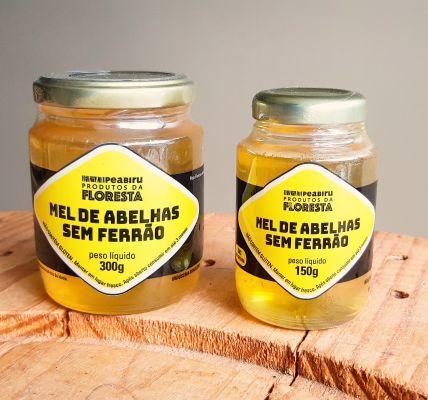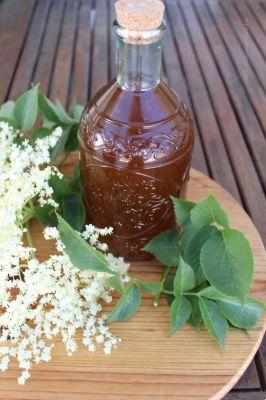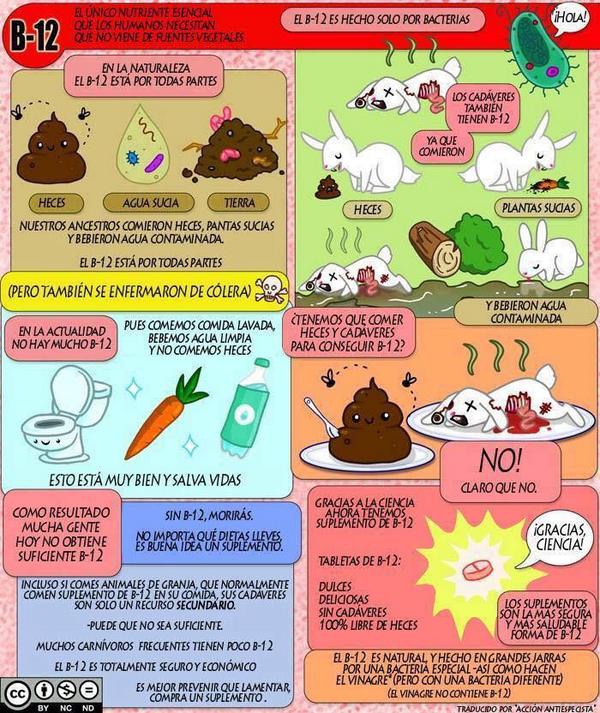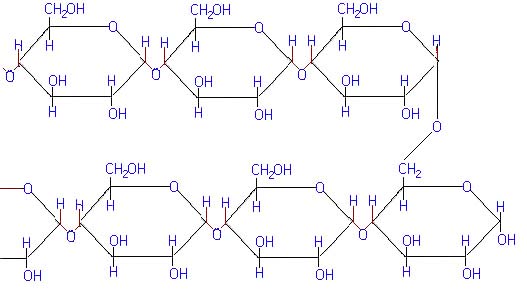
They are called meliponini or stingless bees, better known in English as stingless bees, the most famous of which responds to the scientific name of Meliponula ferruginea.
They are small dark-colored bees, often black, gray or brown, of South American origin, mostly Brazilian but widespread in various areas of the world, especially South Asia, Sub-Saharan Africa and the tropical belts of Australia.
There are recognizable by their small size and the absence of sting, in fact they do not sting but try to bite (with poor results) whoever tries to steal their honey.
Contents of honey from stingless bees
Let's find out why the stingless bee honey it is considered very valuable, reaches very high prices, and is listed among the Ayurvedic remedies in the most classic Indian tradition.
Different types of honey contain different types of phenols and flavonoids, depending on the species of bee that produces it and depending on the type of nectar they feed on.
Bee honey without sting it is considered among the best for wound healing, and clinical tests have over time demonstrated its superiority over other types of honey, especially as regards its own antimicrobial, antitumor, anti-inflammatory, antioxidant, hypolipidemic, antimicrobial, cardioprotective properties.
In addition, stingless bee honey has proven to be very effective in cases of vision care treatments and more generally eye disorders, gastrointestinal problems, neurological problems and fertility problems.
It is proved that the most common types of honey can contain up to 200 different chemical principles useful for the health of the body, fructose and glucose apart (about 82%) we can find a great variety of phenolic acids, such as caffeic, ellagic and ferulic, plus numerous flavonoids such as apigenin, galanghin and quercetin, and various antioxidants such as tocopherols, vitamin C and glutathione.
Read also The different types of honey >>
Stingless bees and apple growing
Il stingless bee honey differs in color, flavor and viscosity from normal honey bee honeys, it has a higher percentage of Vitamin C e B vitamins.
We also find important quantities of pinocembrina, pinobanksina and magniferolic acid, interesting flavanones for the treatment of neurodegenerative diseases (including intracerebral hemorrhages and cerebral ischemia), cardiovascular and arteriosclerotic diseases. Also, compared to other honeys, stingless bee honey is considered the most nutritious.
Usually the meliponini live in small hollows of wood or rock, their hives are tiny and produce small quantities of honey, in relation to their size (often around half a centimeter).
This honey it is expensive and difficult to find, apple growing is an increasingly rare art and the product of stingless bees it is mentioned in Ayurvedic texts with the name of cheruthem and is considered an almost universal medicine, especially when it comes to taking care of even very young children.
Because? The reason is simple, the small size of stingless bees or meliponini allows them to feed on flowers inaccessible to normal bees, and it is known that the flowers with greater antibacterial, antiviral and antifungal properties are very small in size, beyond the reach of normal honey bees.
Spesso this honey, o cheruthem, it is given together with genzeror, which makes it digestible for all stomachs, even the weakest and most sensitive.
Read also Manuka Honey, benefits and use >>

























